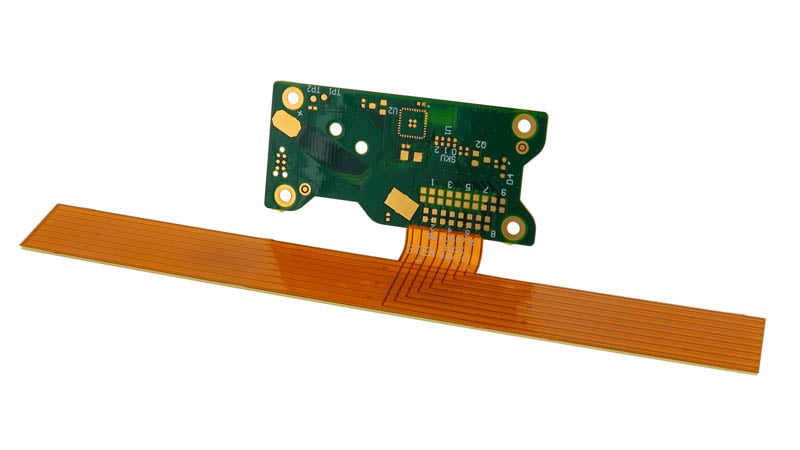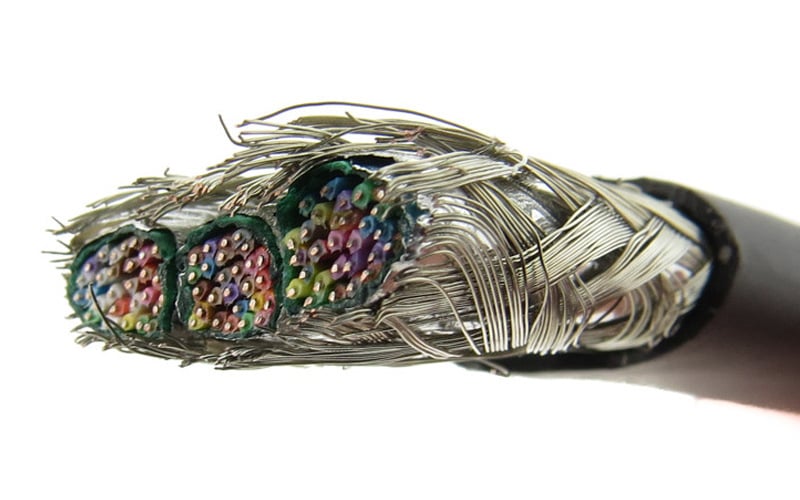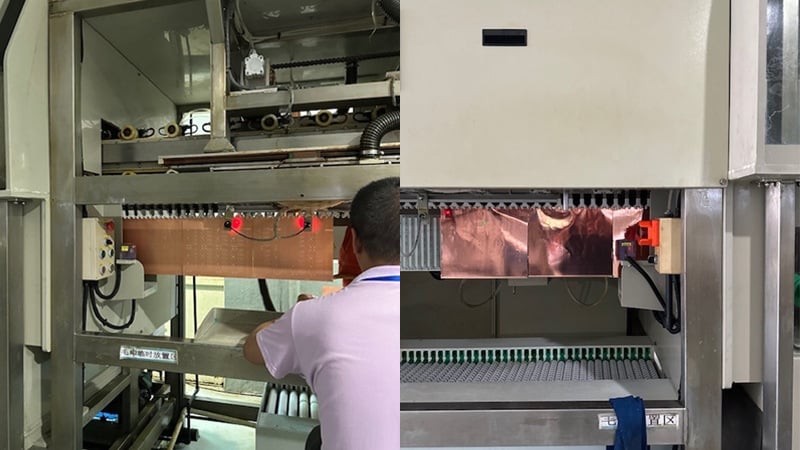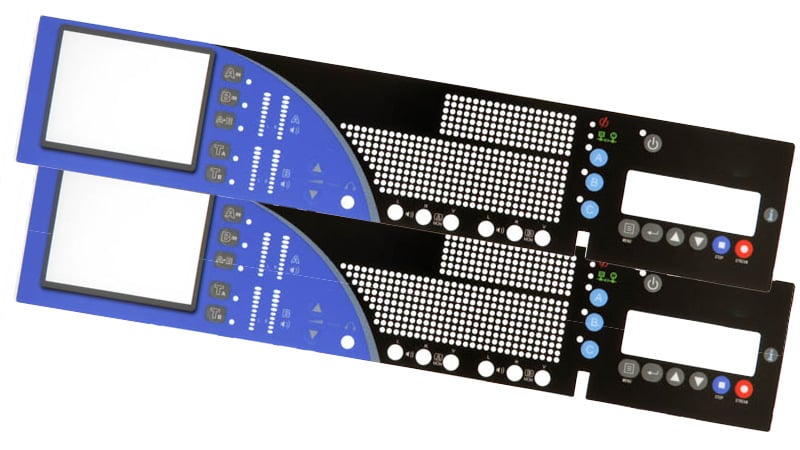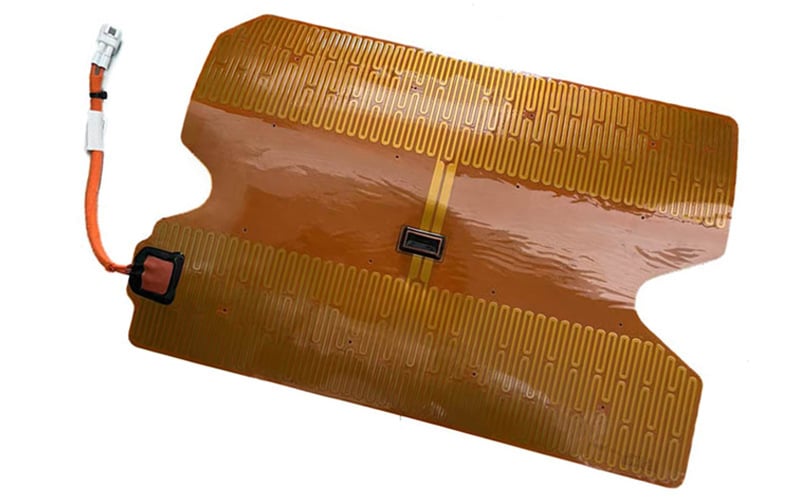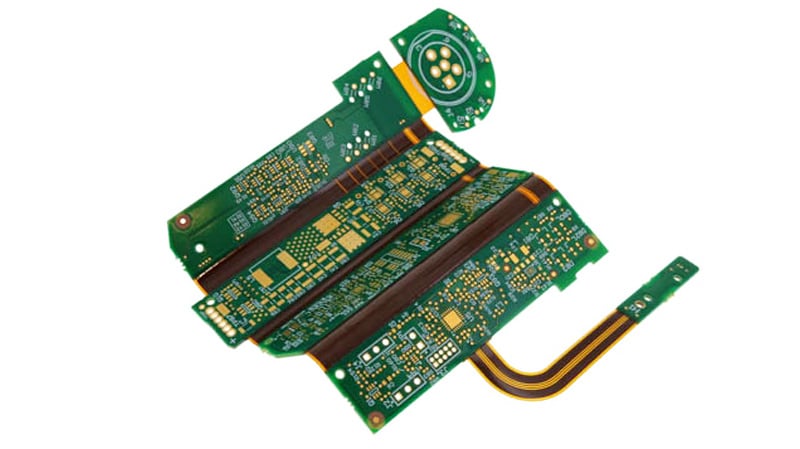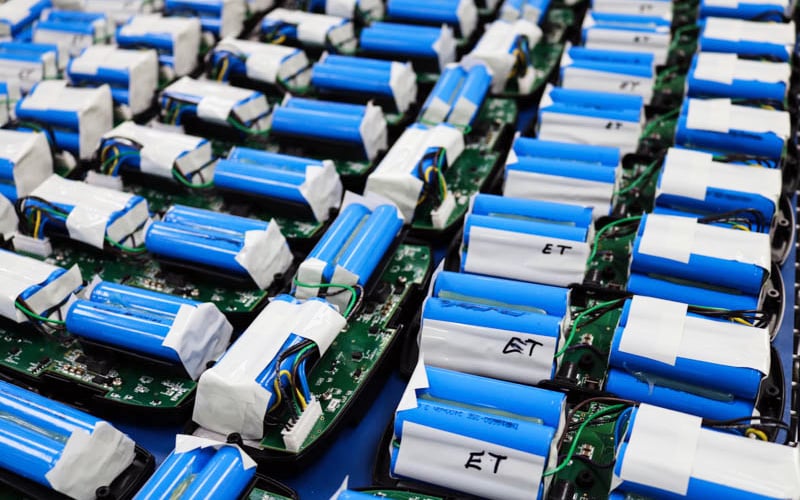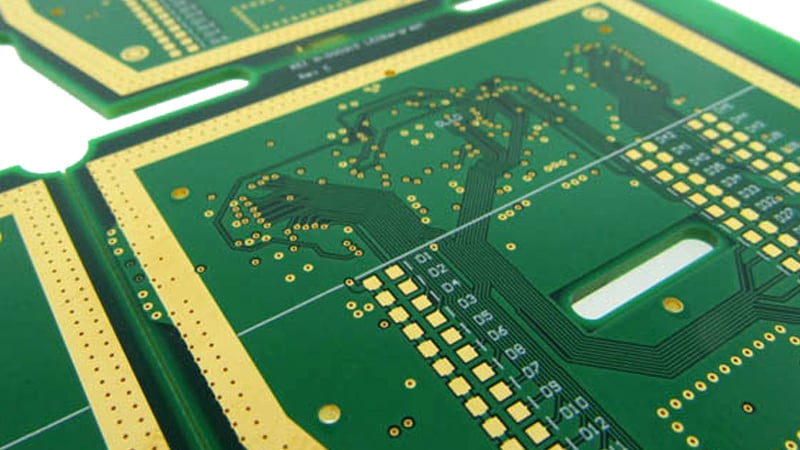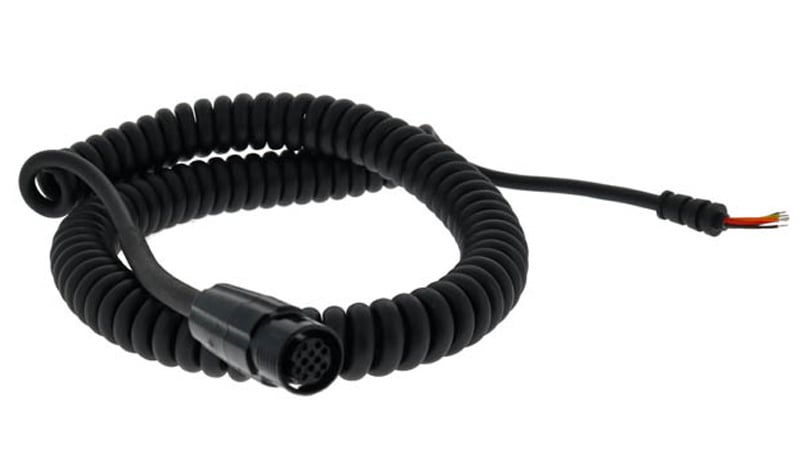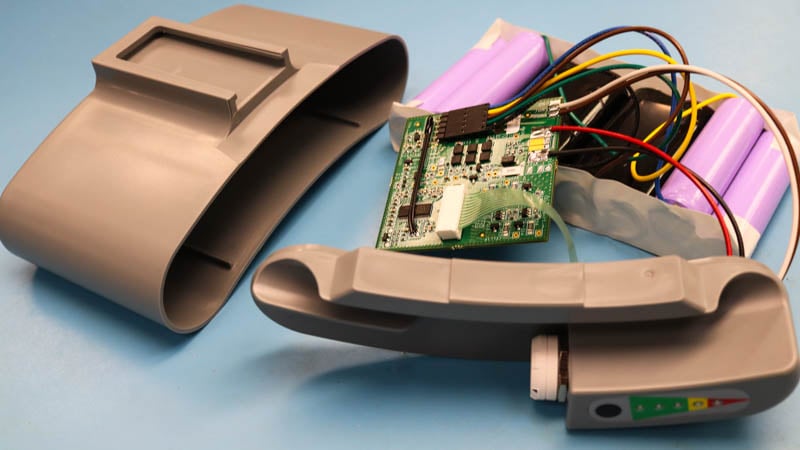Optimizing performance is something that can be found in every aspect of life. From cars to computers, and from tools to PCBs, optimizing performance can lead to better reliability, less risk, and ultimately a more robust product.
When it comes to designing custom cable assemblies, understanding the specific requirements is critical. These assemblies are not just a collection of wires, they are key components of complex systems where safety and reliability are non-negotiable.
In the highly competitive world of PCB manufacturing, innovation is the key to staying ahead. The choice of manufacturing processes can significantly impact efficiency, quality, and overall production costs.
In manufacturing, color is more than just a visual aesthetic. It is a critical factor influencing brand identity, product usability, and customer satisfaction. From the vibrant hues of a graphic overlay to the subtle tones of a silicone rubber keypad, manufacturers must navigate a complex world of color callouts to ensure their products meet functional and aesthetic requirements.
When it comes to temperature regulation, look no further than your kitchen. Your coffee maker controls the temperature to ensure the water is heated for optimal brewing. Did you grab a water bottle on the way out of the door this morning? When you open the fridge, you expect your water to be cold. And, thanks to temperature management, it was.
When it comes to printed circuit boards, rigid-flex PCBs can be one of the most complicated. Many describe rigid-flex as being more akin to two boards in one, both in processes and materials. This can make for a difficult time in designing the board, setting standards, and even selecting materials.
Extensive research and development in the battery manufacturing industry has pushed out vast innovations in the custom battery pack segment. The need for these battery packs has grown exponentially due to higher-performance products, utility companies utilizing storage devices, and the expansion of electric and hybrid vehicle markets.
I sat at my desk contemplating the subject of this blog post, trace and space circuitry for printed circuit boards, and as usual, I drifted back to the start, for me, which was 1982. The date stamp amuses me – how is it 2024, already!? Of course, when you look back, you can’t stop the memories from flooding in.
In industries ranging from robotics to automotive to consumer electronics, flexibility is a crucial attribute of modern cable assemblies. Flexible cables enable compact routing, support dynamic motion, and enhance durability in challenging environments.
Customers clearly understand the power needs of their applications that require a custom battery pack. They may also have narrowed down their choices in battery chemistry, placement of cells in the pack, the form of the cell, and battery management system (BMS) functions. Another important feature to consider is the battery enclosure.


